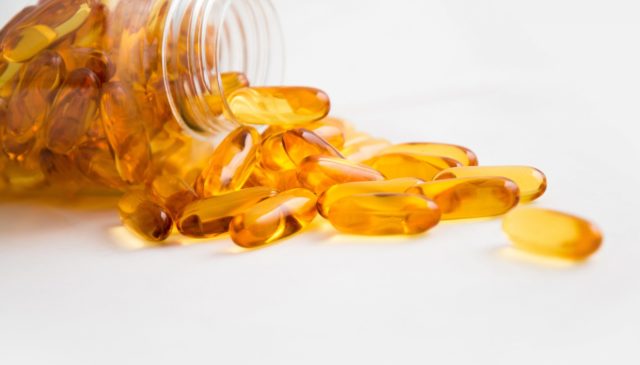
Even if you are only vaguely familiar with cannabis, chances are you’ve heard of cannabidiol (CBD) and delta-9-tetrahydrocannabinol (THC) at one point or another. As research has progressed, new cannabinoids have been lifted into the spotlight, including delta-8 THC, the sister molecule to delta-9 THC.
Like delta-9, delta-8 is a psychoactive cannabinoid. The point of differentiation between the two compounds largely comes down to potency. While delta-9 can be incredibly strong, delta-8 has a lessened intoxicating effect. Additionally, initial research has supported beneficial medical properties for the treatment of epilepsy and nausea, with less euphoric effects than delta-9.[1, 2]
Within the span of a year, delta-8 has entered into the mind of consumers as a viable alternative to delta-9, which remains classified as a Schedule I substance per the Drug Enforcement Agency (DEA).
But what’s the full story with delta-8?
This question has become an important issue for business owners looking to include delta-8 in their products to meet growing market demand. Currently, the DEA labels synthetically derived delta-8 as illegal.
While delta-8-THC naturally occurs in the cannabis plant, it can also be created from hemp-derived CBD in a process known as isomerization. Thus, delta-8-THC derived from CBD appears to be legal under the current rules laid forth by the 2018 Farm Bill, which removes hemp from the Controlled Substances Act (CSA). The DEA’s Final Interim Rule recognizes the changes made by the 2018 Farm Bill and specifically targets delta-9 THC. However, one can never be too sure in a constantly changing legal landscape.
Since delta-8-THC research is still in its infancy, it remains to be seen how prevalent this up-and-coming cannabinoid will be in future CBD products. There also is the question of whether the government will change its rulings on delta-8-THC.
At this point in time, only time will be the judge of the final outcome of delta-8-THC.
Image Source: Pixabay
Image Credit: https://www.pexels.com/photo/spilled-bottle-of-yellow-capsule-pills-208518/
References
- Abrahamov A, et al. An efficient new cannabinoid antiemetic in pediatric oncology. Life Sci. 1995;56(23-24):2097-102.
- Colasanti BK, et al. Effects of marihuana cannabinoids on seizure activity in cobalt-epileptic rats. Pharmacol Biochem Behav. 1982;16(4):573-578.
